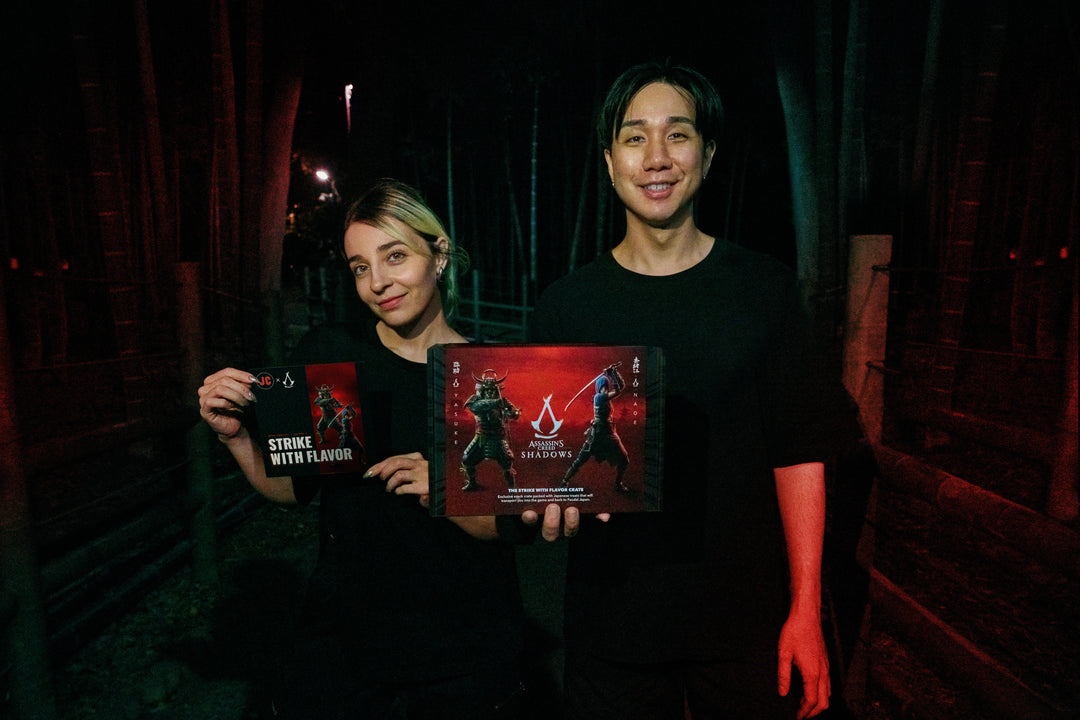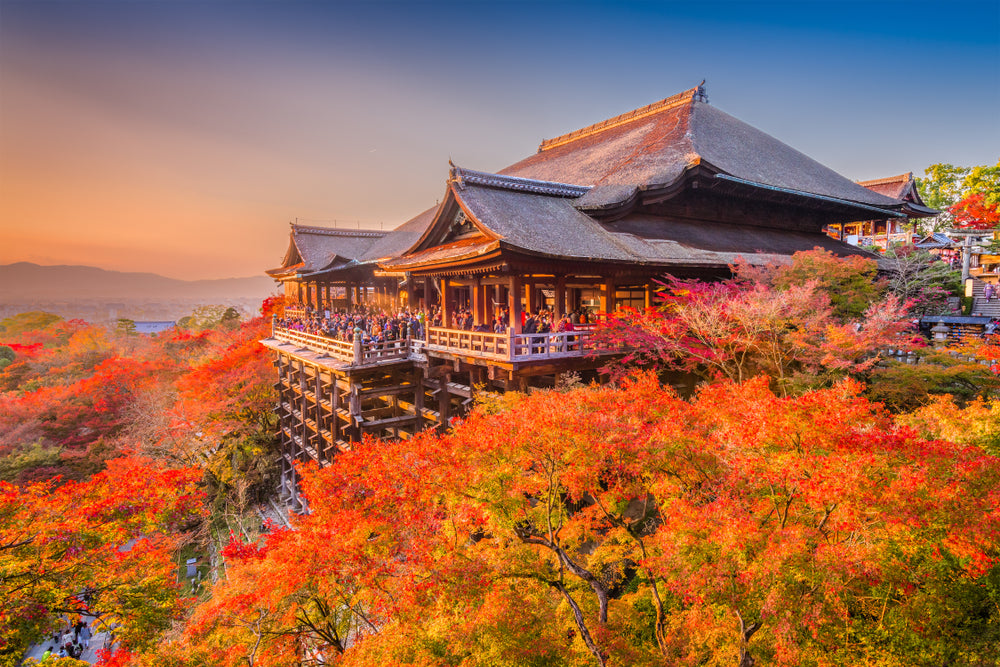How to Make Cold Japanese Noodles

Unquestionably delicious noodles are a mainstay of Japanese cuisine. Noodles appear in every shape and texture and are consumed all year long in Japan, from thin buckwheat soba noodles to wavy or long udon noodles, and straight ramen cooked noodles. However, when the temperature rises, a scorching bowl of noodles and hot soup seems not to be right to indulge in. Luckily, a bowl of Japanese cold noodle dish, frequently cooled to perfection, gives a nice break from the hot summer day.
What are Cold Soba Noodles?

Zaru soba, or cold soba noodles (buckwheat noodles) with dipping sauce, is a popular summertime dish in Japan. The cold noodles are coated in tsuyu, a sauce with strong soy and fish taste, and are served in a zaru, or traditional bamboo basket. The dipping sauce may be served with a variety of sauces and seasonings, such as grated daikon radish, wasabi, and green onion. Zaru soba is unquestionably one of the most well-liked varieties of available Japanese cold noodles.
The taste of soba noodles, which are created from buckwheat flour, is slightly nutty and earthy. These noodles have a higher protein and fiber content than many other types of noodles. They have medicinal properties as well, and it has been demonstrated that they can help control blood sugar, enhance heart health, reduce inflammation, and perhaps even help prevent cancer. Soba noodles are becoming more widely available, so you don't need to visit a specialty or Asian market to buy them.
Cold Soba Noodles Dipping Sauce

Soba noodles will be a lot tastier when combined with flavors like soy sauce, sesame oil, and dashi because it has such a gritty flavor and texture. And since the soba broth is so straightforward, it's essential to use the highest quality toppings you can find: if feasible, fresh, handmade dashi and light Japanese soy sauce.
Dashi stock, soy sauce, mirin, and some sugar are the components of the traditional dipping sauce for soba. The noodles are also served with a variety of popular toppings and ingredients, including a dash of wasabi, some freshly grated daikon, and finely chopped green scallions. Whatever else you decide to serve alongside the soba, make sure it's straightforward and doesn't overpower the noodle's flavor.
Cold Soba Noodle Recipe

Soba is simple to prepare and tastes just as nice chilled as they do hot. It is recommended to serve soba noodles plain and simple. They don't require fancy toppings or creamy sauces to be dressed up. Soba noodles cook quickly and are ideal when they are al dente to maintain their slightly earthy chew. All that is really required is a short period of boiling time. This noodles side dish is fantastic with meats and seafood but also makes a great noodle bowl or light lunch with shredded cabbage, carrots, bean sprouts, and other ingredients.
Ingredients

• 1 cup dashi
• ¼ cup soy sauce
• 2 tablespoons mirin
• soba noodles
• grated ginger
• 1/4 teaspoon freshly ground black pepper
• chopped scallions
• chopped green onions
• toasted sesame seeds
Cooking Instructions

1. Cook noodles for 4-5 minutes, or until just soft, in a big pot of boiling water following the package instructions. Remember to turn it occasionally to prevent the noodles from sticking together. Drain noodles in a colander, then thoroughly rinse with cold water while tossing to get rid of the excess starch.
2. Then in a medium bowl, combine the soy sauce, sesame oil, rice vinegar, sugar, and black pepper while the noodles are cooking. Place aside.
3. Heat a large pot at medium-high. Then simmer the oil and add the diced green onions. Cook for 15 to 30 seconds while stirring until aromatic.
Author Bio







Leave a comment